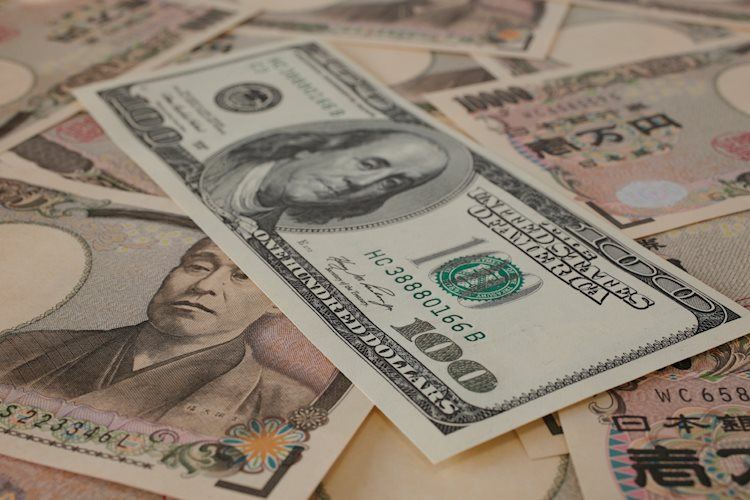The USD/JPY pair has dropped to near 142.00 as the US Dollar faces selling pressure following the release of softer-than-expected US annual Producer Price Index (PPI) data for August. The US Dollar Index (DXY) corrects to around 101.60 as the PPI report shows a slower growth in annual headline produce inflation at 1.7% compared to estimates of 1.8%. The core PPI, excluding food and energy prices, rises by 2.4%, lower than expectations of 2.5%. Despite this data, the impact on market speculation for the Federal Reserve (Fed) interest rate cut path remains minimal, with the probability of a 50 bps rate cut in September staying steady at 13%.
Looking ahead, investors will pay attention to the preliminary Michigan Consumer Sentiment Index data for September, expected to remain around 68.0. Meanwhile, on the Tokyo front, the Japanese Yen strengthens as Bank of Japan (BoJ) policymaker Naoki Tamura predicts interest rates rising to at least 1% by the early second half of 2025. Tamura did not provide a pre-set interest rate hike path, adding to market uncertainty.
The Japanese Yen (JPY) is influenced by various factors such as the performance of the Japanese economy, Bank of Japan policy, the differential between Japanese and US bond yields, and risk sentiment among traders. The BoJ plays a key role in currency control, with occasional interventions in currency markets to lower the value of the Yen. The current ultra-loose monetary policy of the BoJ, aimed at stimulating the economy, has caused the Yen to depreciate against major currency peers, especially as other central banks have opted for rate hikes to combat high inflation levels.
The BoJ’s commitment to ultra-loose monetary policy has led to a widening policy gap with other central banks, notably the US Federal Reserve. This divergence has resulted in a wider differential between 10-year US and Japanese bonds, favoring the US Dollar against the Japanese Yen. Additionally, the Japanese Yen is considered a safe-haven investment, meaning that investors tend to flock to the currency during times of market turmoil, seeking its perceived stability and reliability. This behavior typically strengthens the Yen’s value against riskier currencies during turbulent market conditions.











